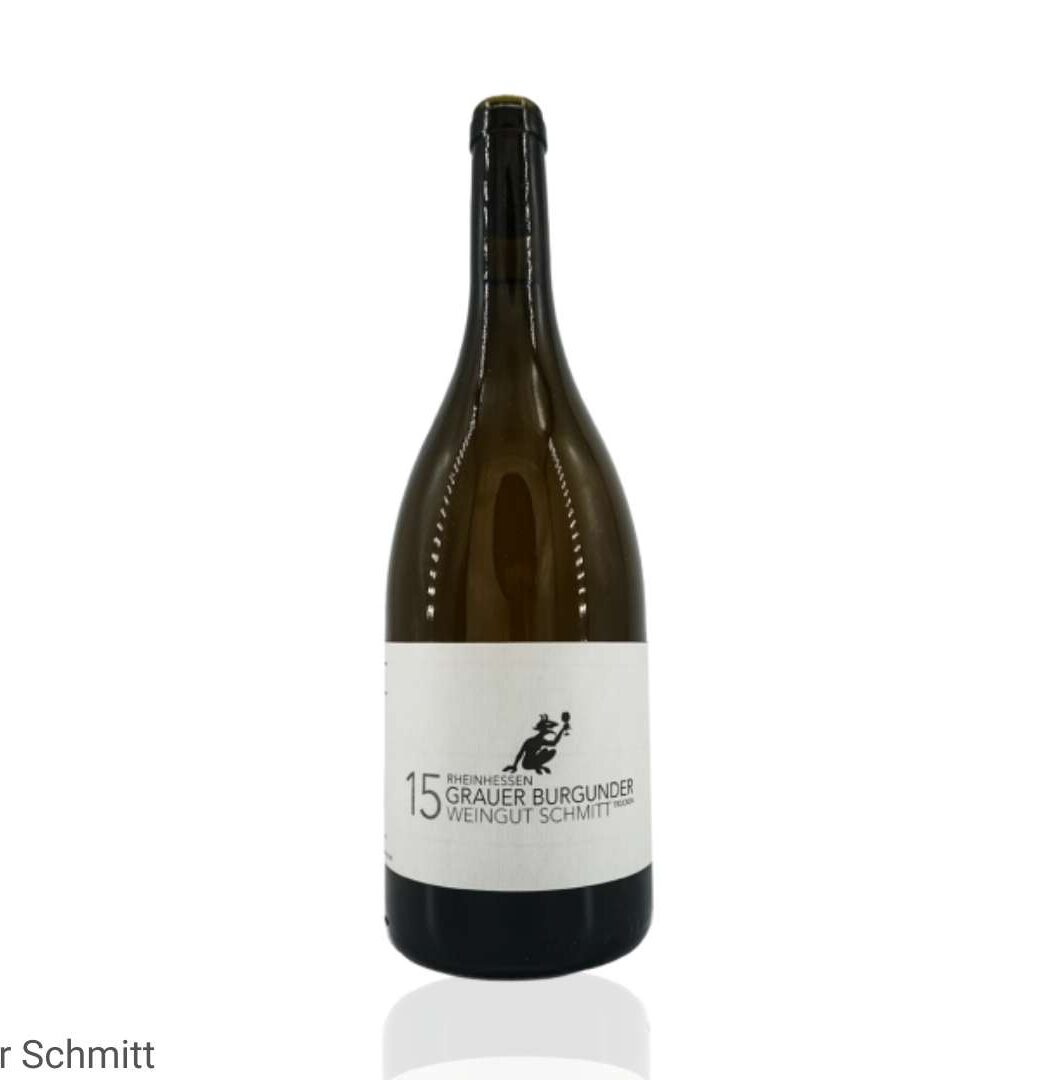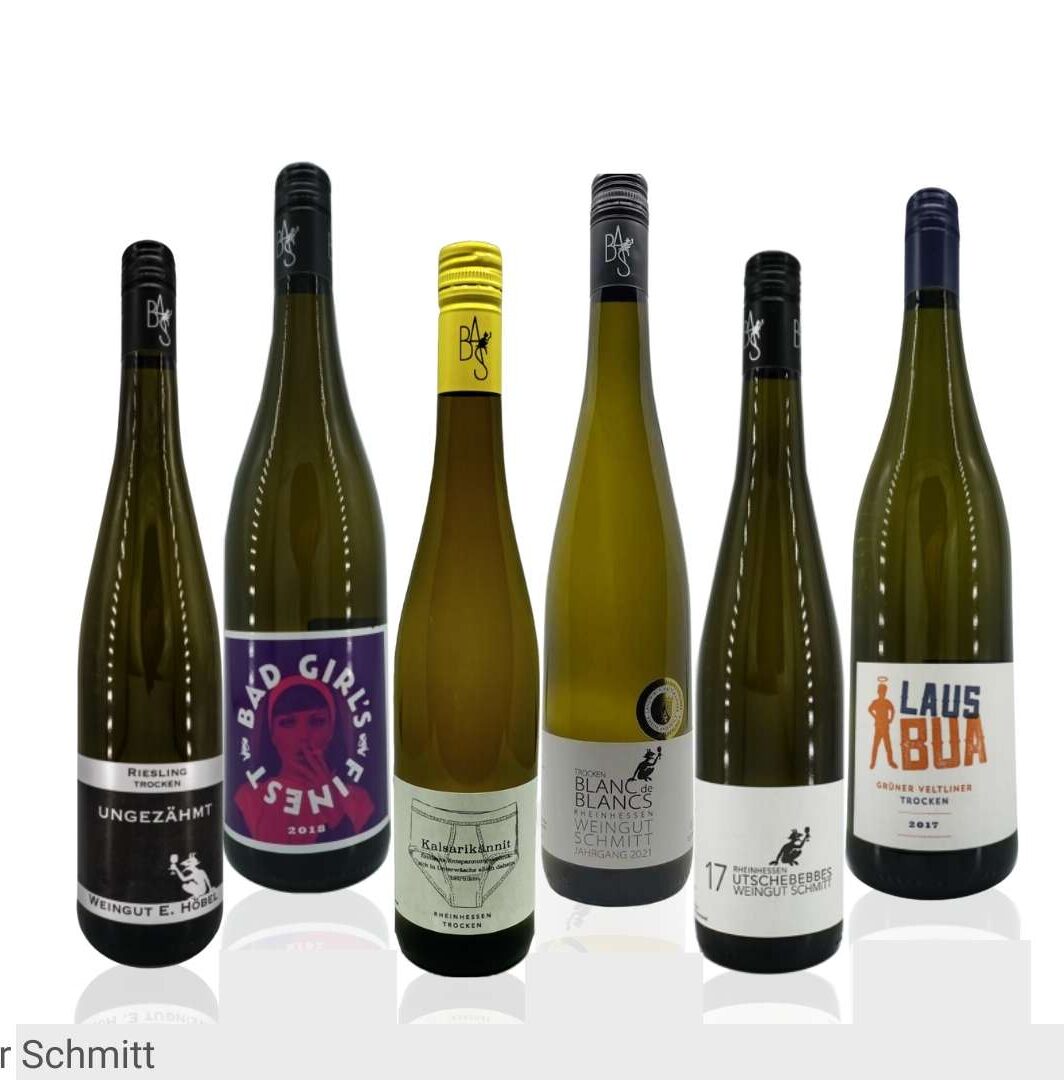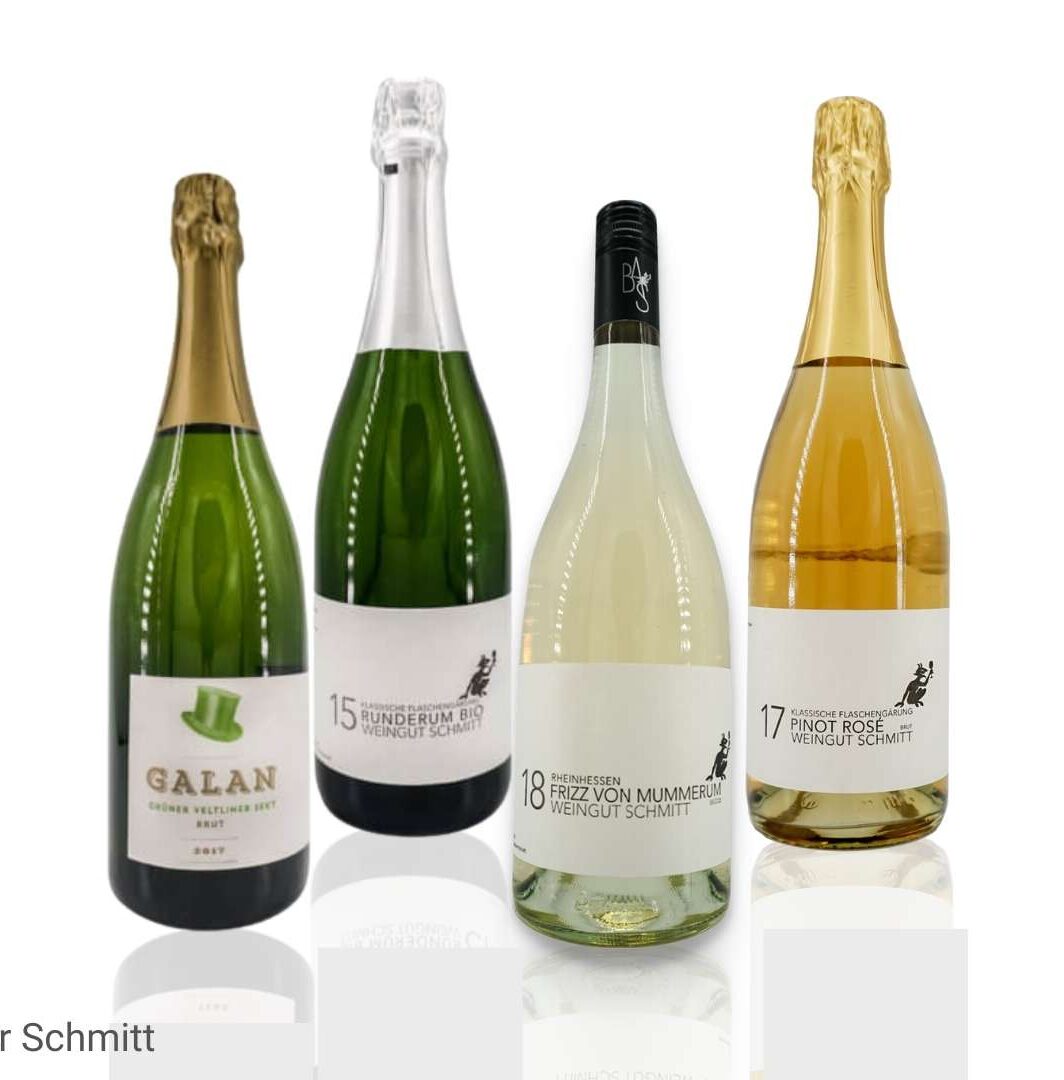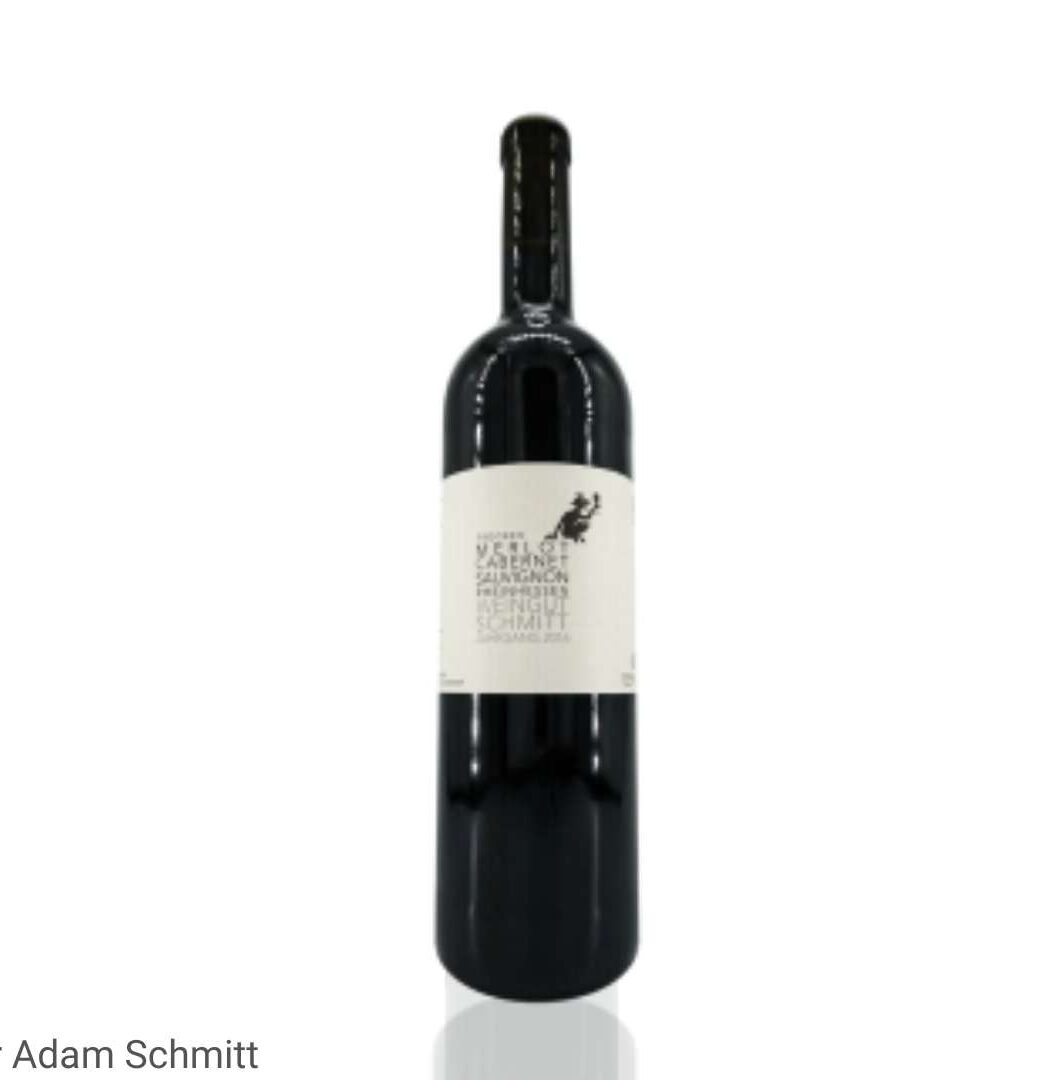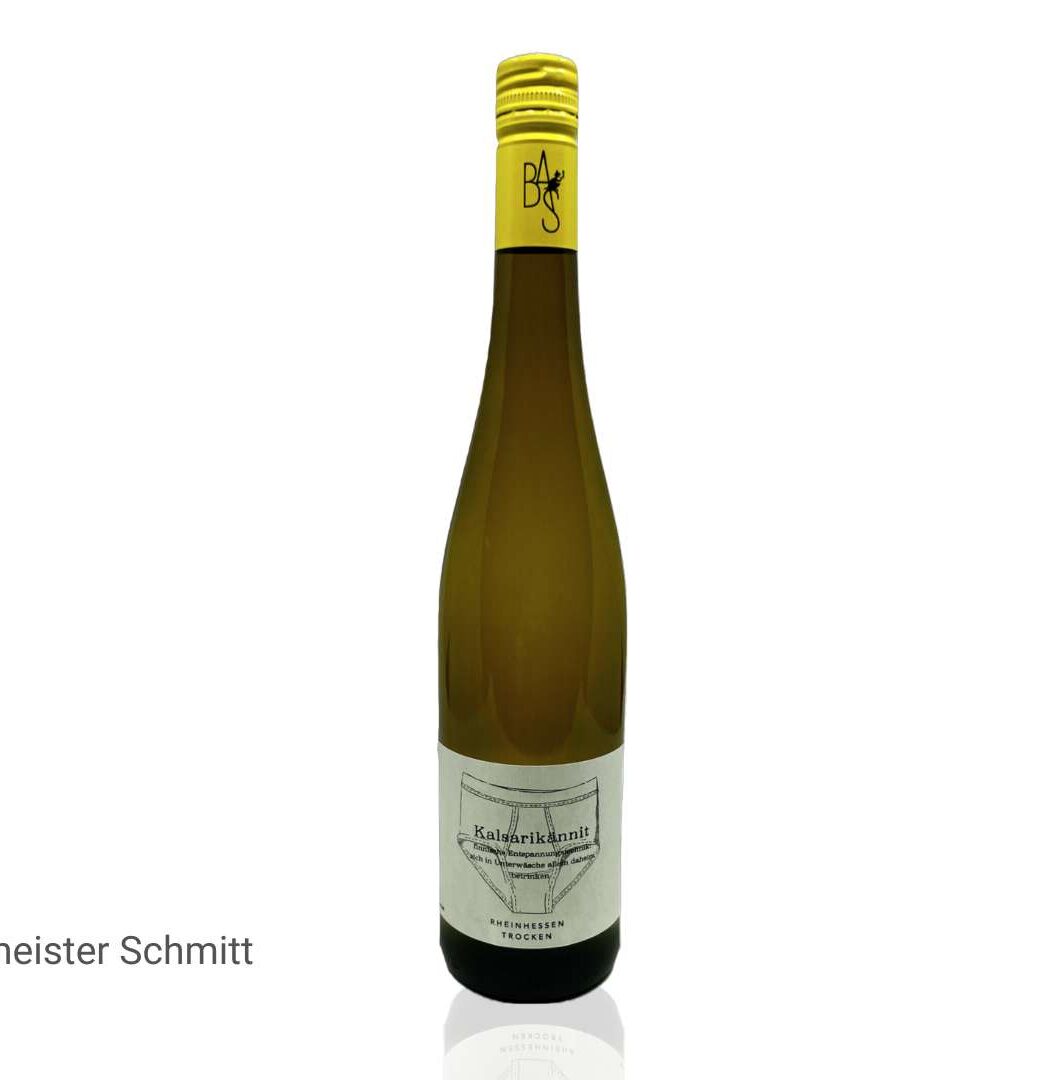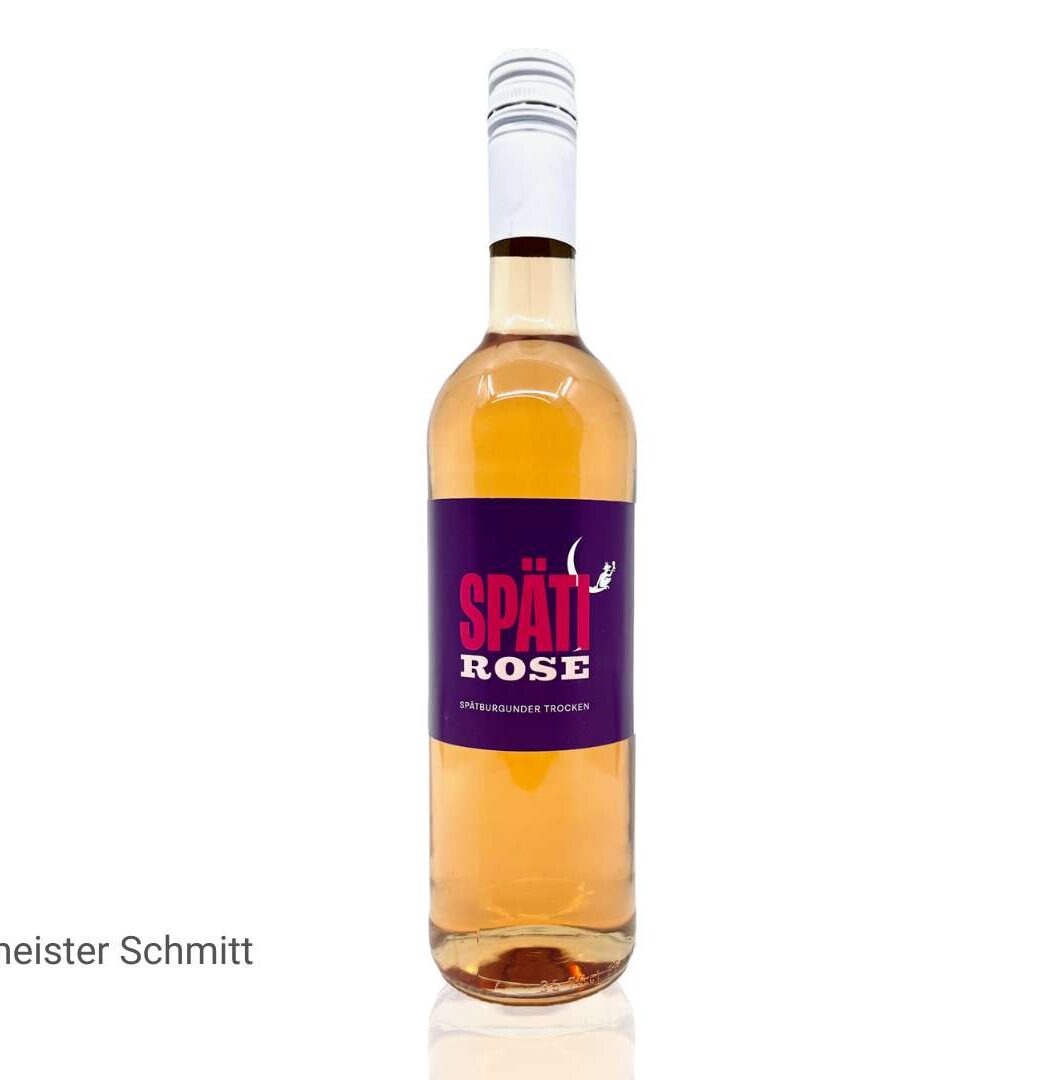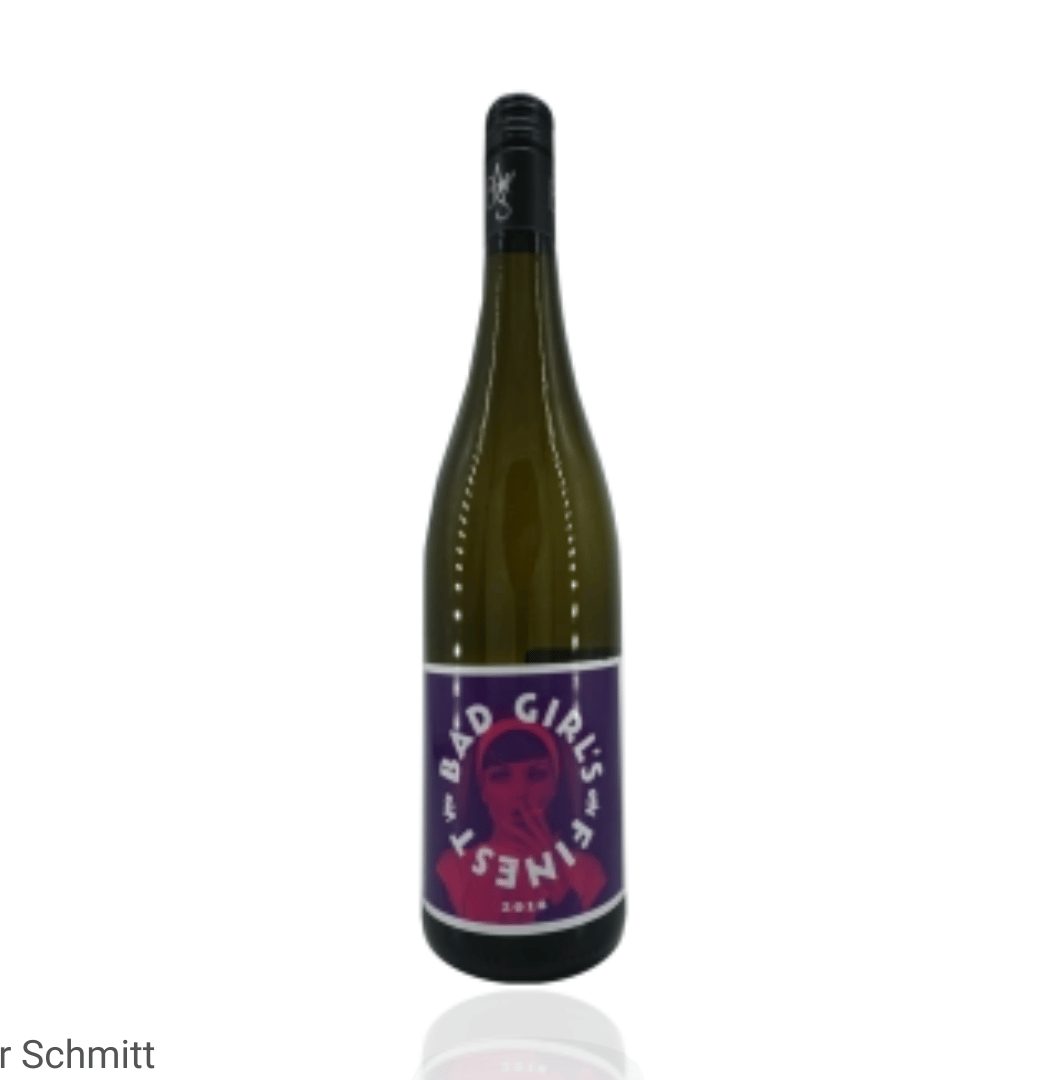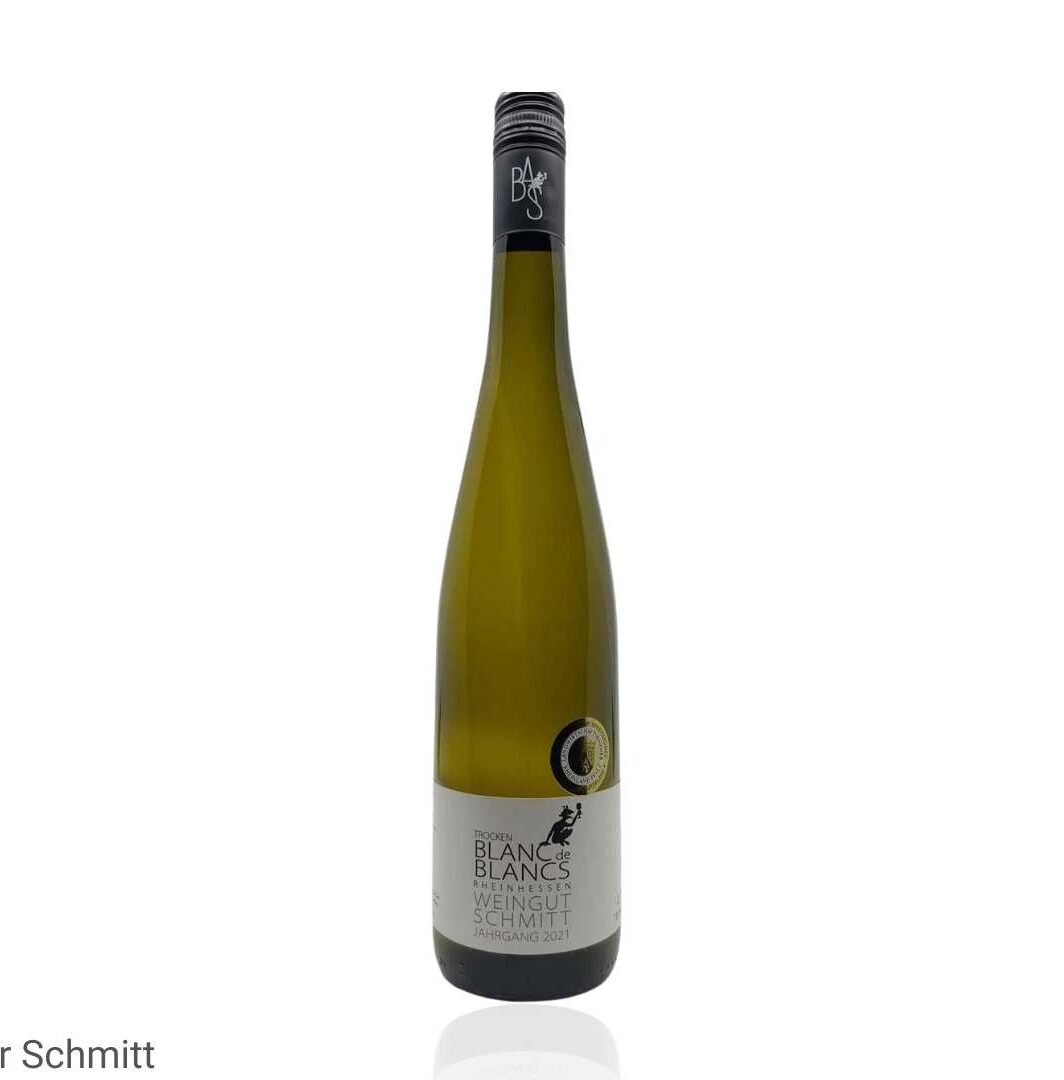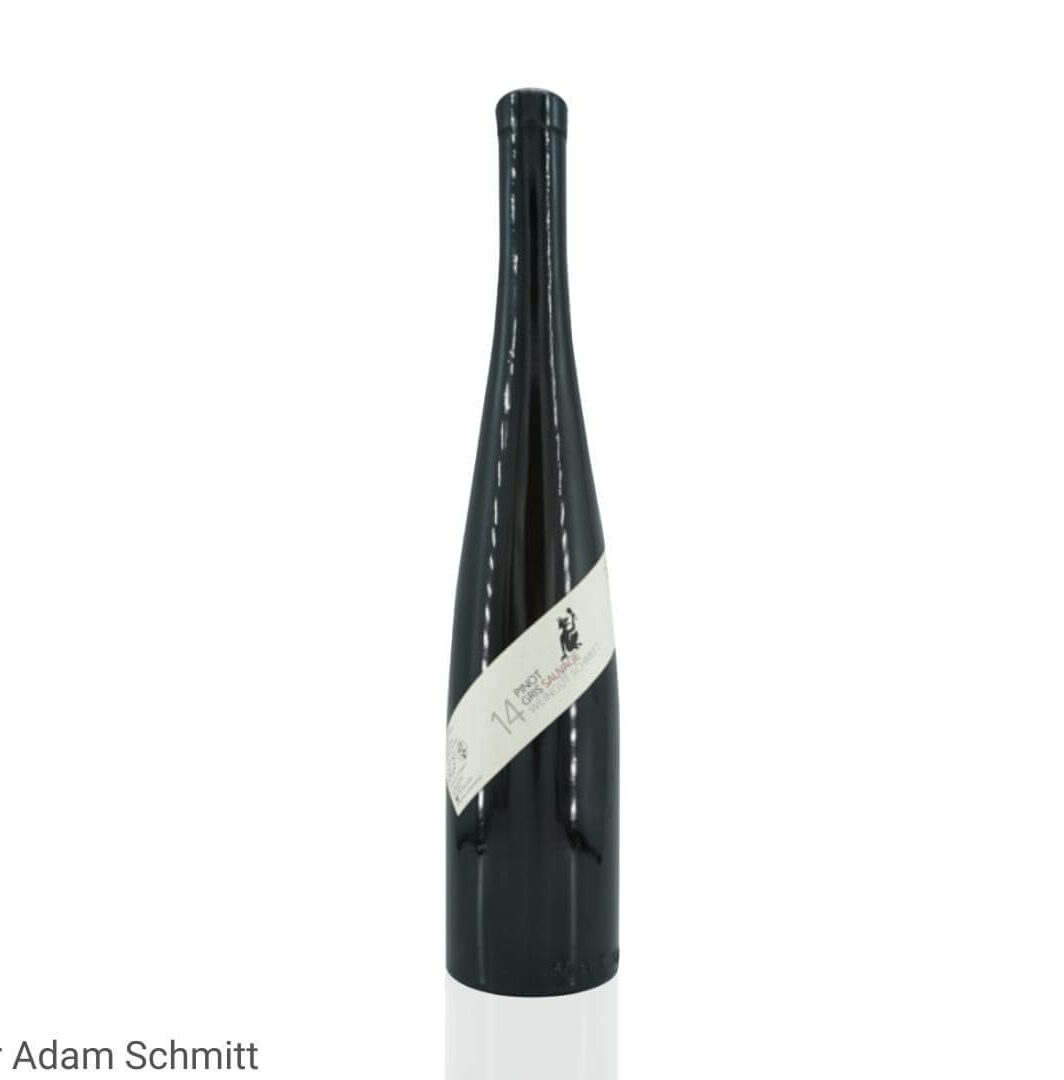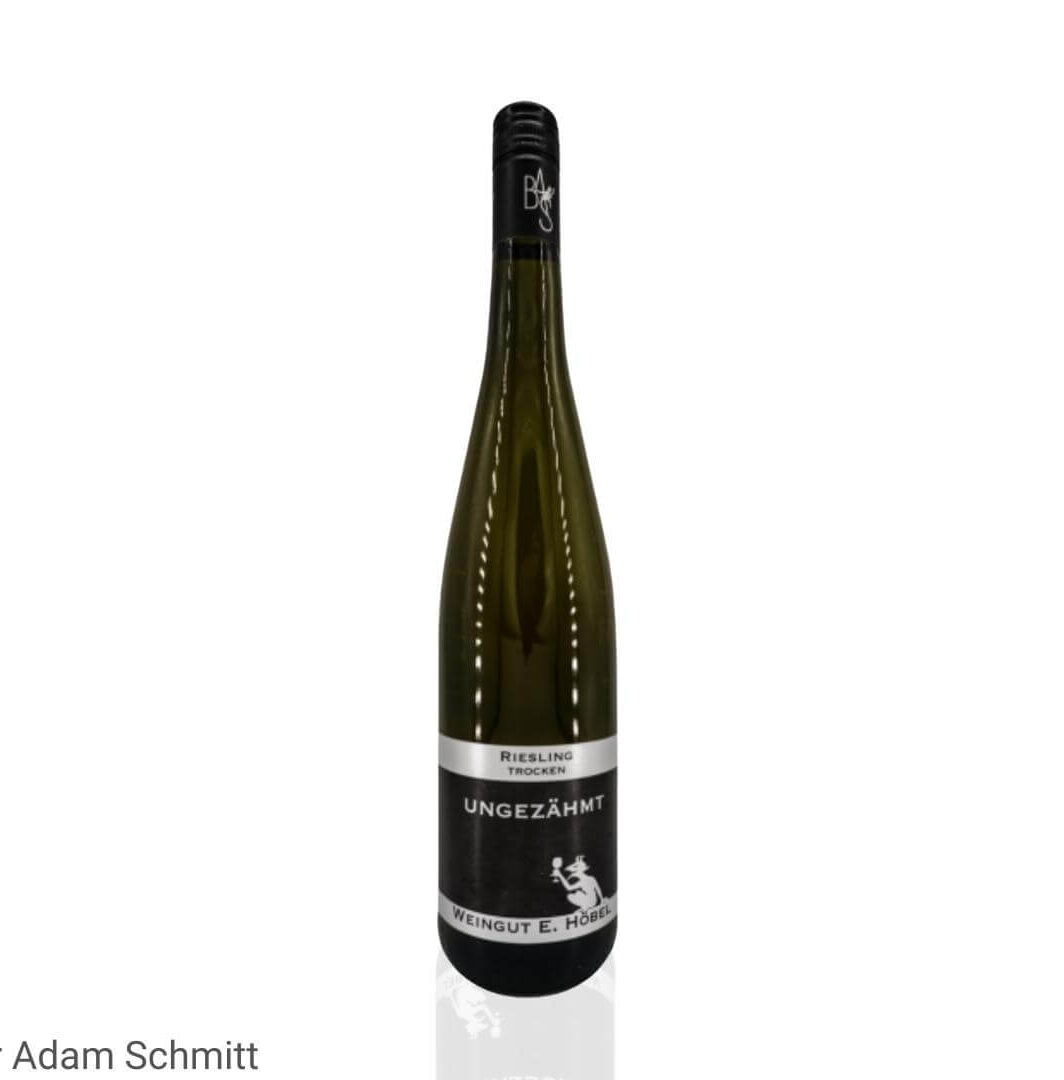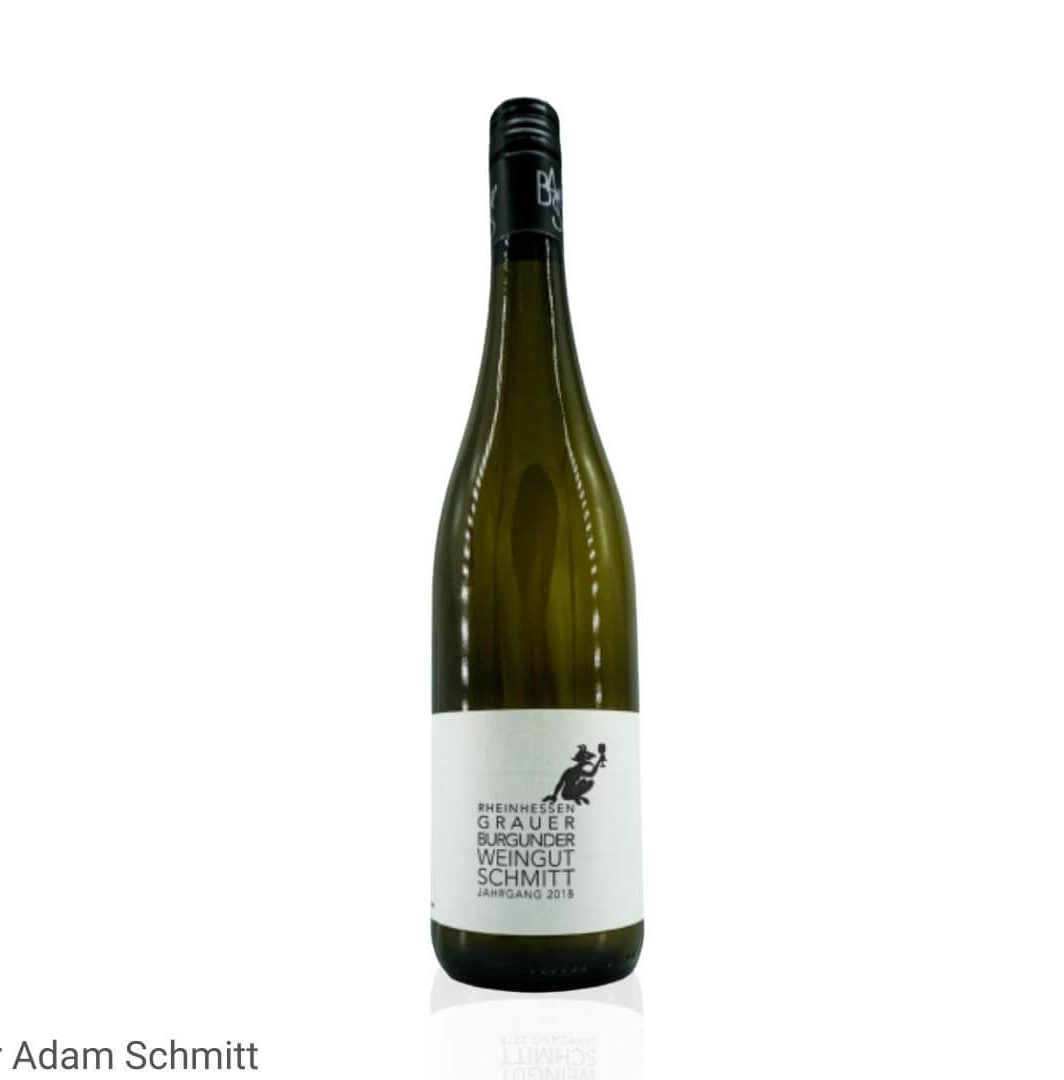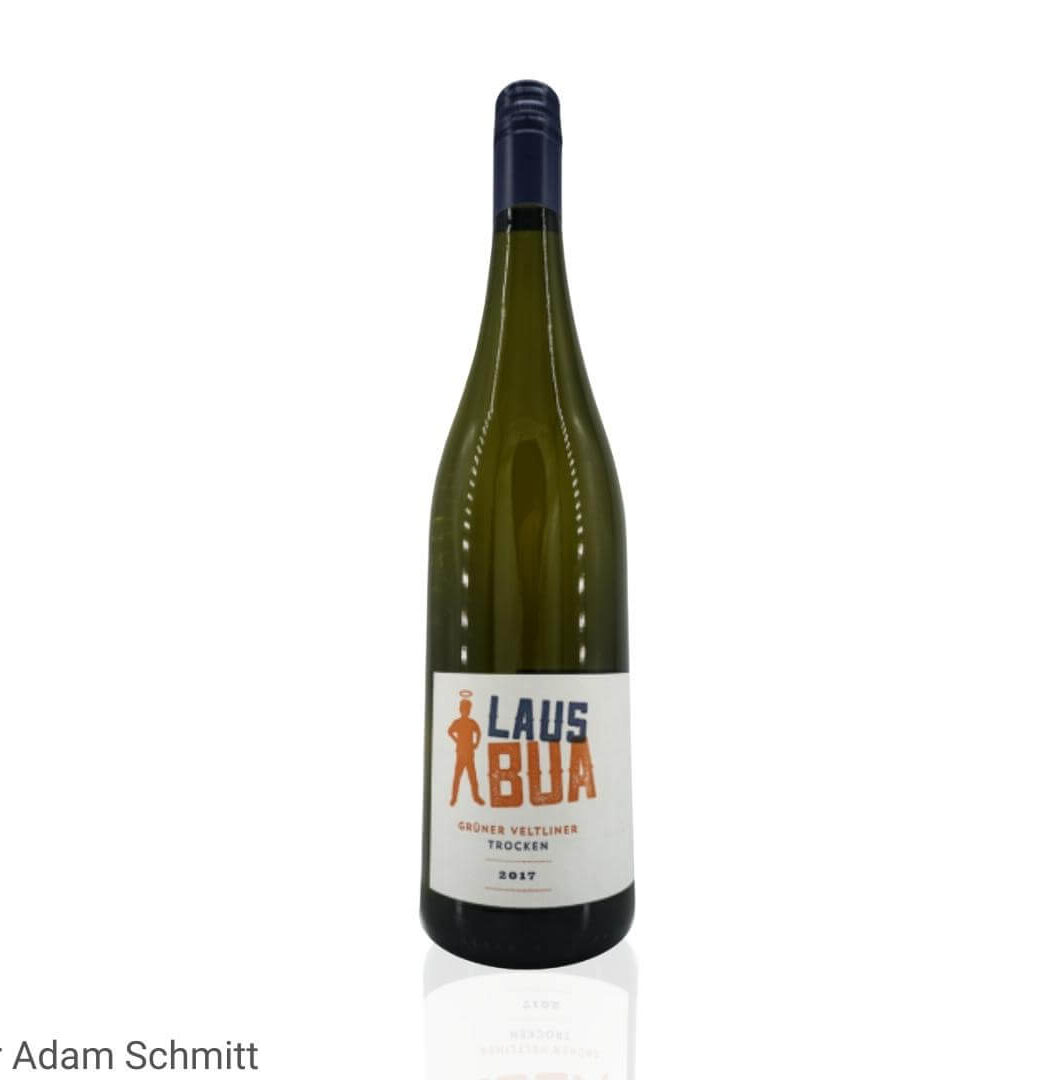All you need to know about histamine in wine
Headache, stomach discomfort or a great itchiness after a glass of red wine. And the culprit? Often a metabolite called histamine. But what exactly is it and what role does histamine play in wine?
What is histamine?
Histamine is a biogenic amine, i.e. a natural substance that is created during chemical metabolism (the separation of carbon dioxide from the amino acid histidine).
Histamine is naturally present in the human body and plays a central role in allergic reactions and in the immune system of every person. The substance is a messenger substance in all inflammatory reactions and serves as a regulator in the central nervous system and in the gastrointestinal tract. However, histamine is not only produced in the body, it can also be taken in through food. When histamine is ingested through food, the enzyme diamine oxidase (DAO) works, which ensures that histamine is broken down in the intestine.
Histamine can be found in a wide variety of foods such as sausage, smoked fish and meat, long-aged cheese, kimchi, cocoa, tomatoes, and wine.
In people with histamine intolerance, the activity of the body’s own histamine-degrading enzymes is disturbed. Thus, those tolerate histamine poorly. This is neither an allergy nor a food intolerance, but simply a breakdown of the body, which causes unpleasant reactions such as gastrointestinal complaints, skin rashes, shortness of breath, itching, feeling hot, headache or headache.
Histamine in wine
Our beloved wine can also contain histamine, sometimes more and sometimes less. The histamine content of wine depends on various factors such as the vineyard and the soil on which the vines grew, the wine cellar and, last but not least, the age of the wine.
The histamine in wine is mainly produced during the breakdown of bio acids (BSA), in which hard malic acid is converted into softer lactic acid and carbon dioxide. This conversion of lactic acid bacteria happens during alcohol fermentation – the winemaker can influence this in a targeted manner. BSA is only used in some white wines, but almost all red wines, which is why the histamine content in red wines tends to be higher. Alcohol-free wine also contains histamine. However, the lack of alcohol in this drink also means that histamine is broken down much faster in the body than in alcoholic wines.
The histamine content in white wine is usually less than 10 mg / l, while the histamine content in red wine is usually less than 30 mg / l. This is relatively little compared to the foods already mentioned with a high hitamine content – some contain up to 2000 mg / l histamine. Information on the exact histamine content is often difficult, however, as histamine accumulates differently in each food, depending on external factors such as ripening, drying, smoking and preservation.
Wine enjoyment even without histamine
 Anyone who has problems with the histamine in wine can easily resort to histamine-tested and histamine-reduced wines. During production, winemakers can actively prevent the wine from containing histamine. The prerequisites for this are that the soil does not contain excessively high nitrogen values. The winemaker therefore refrains from nitrogen fertilization. Long ripening times on the vine are avoided as far as possible in order to keep the pH value of the grapes low. During production, the must is matured in stainless steel tanks, which allows the wines to shine with their primary fruit and a lively fruit acid. A very short storage time is essential for hitsmain-free wine, because the younger the wine, the lower the histamine content.
Anyone who has problems with the histamine in wine can easily resort to histamine-tested and histamine-reduced wines. During production, winemakers can actively prevent the wine from containing histamine. The prerequisites for this are that the soil does not contain excessively high nitrogen values. The winemaker therefore refrains from nitrogen fertilization. Long ripening times on the vine are avoided as far as possible in order to keep the pH value of the grapes low. During production, the must is matured in stainless steel tanks, which allows the wines to shine with their primary fruit and a lively fruit acid. A very short storage time is essential for hitsmain-free wine, because the younger the wine, the lower the histamine content.
When enjoying histamine-tested wines, it makes sense not to eat foods with a high histamine content next to the wine. So it is better to use products with a lower histamine content!
Low in histamine, rich in pleasure-histamine-tested wines from Belvini
Histamine-tested wines with the ECARF quality seal are particularly suitable for wine lovers with allergies and intolerances. The wine retailer Belvini offers customers high-quality, histamine-tested wines that have been selected under strict criteria in the online shop. Stop by and drink wine without hesitation or fear of the aftereffects of drinking wine!
Two recommendations for histamine-tested wines from Belvini
 The Hareter Welschriesling dry 2019 contains a lively and very natural tasting spectrum of aromas of apples, pear sorbet, blooming herb meadow and lime blossom. In addition, nuances of nutmeg and lemon balm, white peaches, green tea and ginseng unfold. In a cool and playful way, the wine exudes a particularly animating duet of fruit and spice and is extremely creamy and juicy. The Histamine content was less than 0.10 mg / l in 2019 –
The Hareter Welschriesling dry 2019 contains a lively and very natural tasting spectrum of aromas of apples, pear sorbet, blooming herb meadow and lime blossom. In addition, nuances of nutmeg and lemon balm, white peaches, green tea and ginseng unfold. In a cool and playful way, the wine exudes a particularly animating duet of fruit and spice and is extremely creamy and juicy. The Histamine content was less than 0.10 mg / l in 2019 –
The Gustavshof Zero S red wine biodynamic 2019 is a stately red wine with aromas of black cherries, blackberries, red currants and black sweet cherries. The wine has a velvety, fine texture and can stand out with notes of plums and residual sweetness. Thanks to its pronounced fruitiness, the Zero S is a wonderfully uncomplicated and appealing red wine for every day. The long-lasting and subtle finish spoils with hints of the finest dark chocolate. The histamine content in the 2019 vintage was below 0.25 mg / l.
In addition to these two wines, Belvini also has a large selection of wines with a low histamine content, which enable everyone to enjoy wine without hesitation. Some wines can also score with the BIO seal. Take a look at the Belvini online shop and enjoy the wide variety of histamine-free wines.
Wines from Weingut Bürgermeister Schmitt
Although the wines from Weingut Schmitt are not directly designated as histamine-free wines, they are well tolerated by most people with histamine intolerance.


